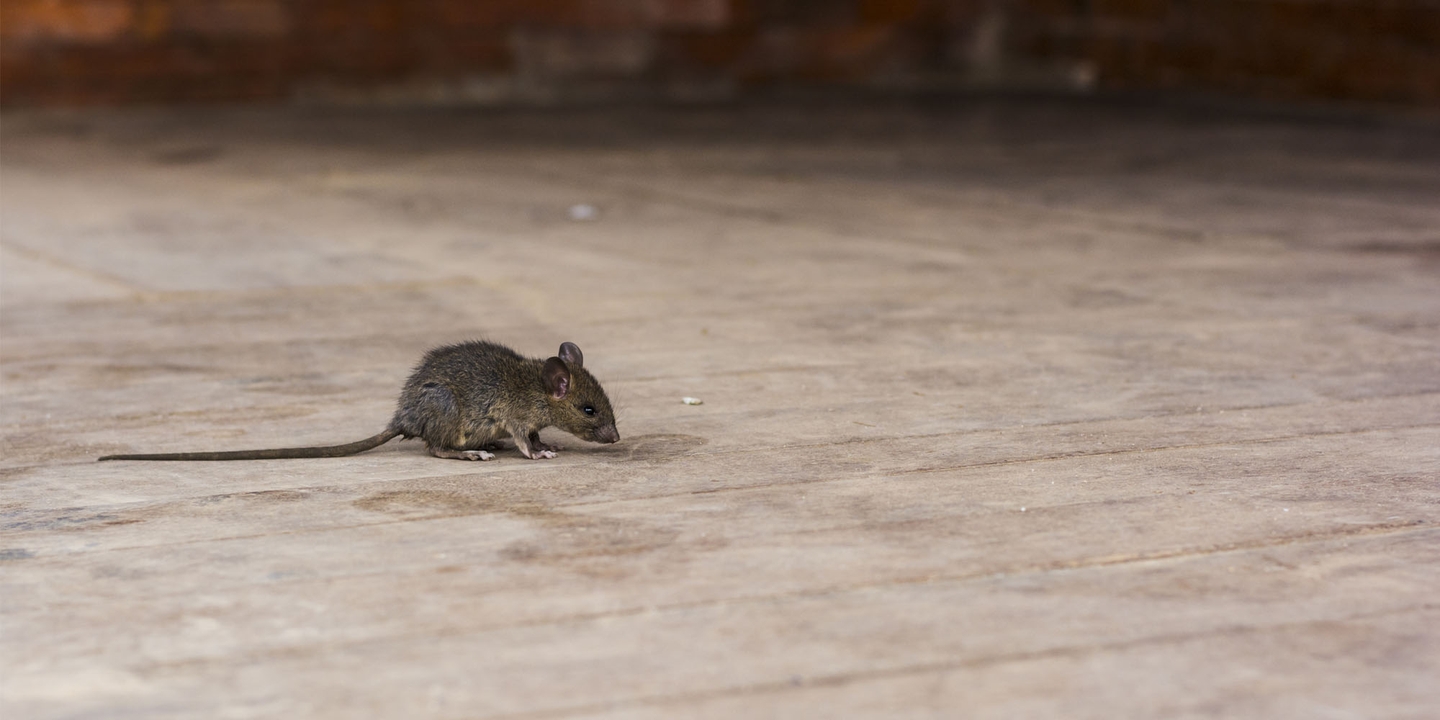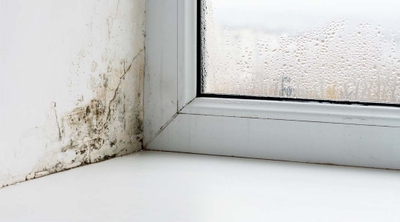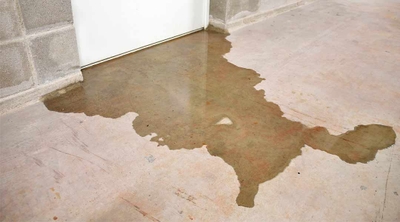Mice Infestation Signs
3 min read
Mice and rats are a common nuisance encountered by homeowners. According to the Census Bureau, 14.8 million homes reported the incidence of rodents between April 2020 and April 2021. Rodents leave tell-tale signs that are easy to spot if you know what to look for. Whether you’re checking your current residence or inspecting a home to purchase, here’s how to inspect your home for mice.
How do you know if you have a mouse infestation
Rodents like mice and rats may be small, but they aren’t subtle when making their appearance. Dr. Nancy Troyano, board-certified entomologist at Ehrlich Pest Control, has a few suggestions to find out where mice are coming into the house. “There are a number of common signs and indicators you can look for to help determine if you have a rodent problem in your home,” she says. “Droppings are usually the most easily identifiable sign of rodents in any home. Rodents produce a lot of droppings throughout the day, and they’re usually found along walls, in cupboards, or under sinks.”
Troyano also suggests looking for dirty smudges on floors or baseboards where mice tend to run. “Mice don’t have great eyesight, and they tend to stick to the same route,” she says. Another sign of an infestation is a distinctive odor, specifically an ammonia-like smell created by rodent urine. “It will be particularly obvious in more enclosed areas such as cupboards,” Troyano says.
There are two other mice infestation signs homeowners should watch for: scratching noises and spotting a live or dead rodent during the day. Troyano says, “You may hear scratching noises in the walls or noises coming from ceilings about your head as rodents scurry around. You might also hear them squeaking. Spotting a mouse or rat during the daytime can be an indication of a heavy infestation.”
Troyano mentions one final sign to look out for: the presence of nests. She says that rodents build nests out of newspapers and fabric scraps, which tend to be in small, enclosed areas. Look behind the fridge or in areas close to food sources.
How to tell if you have rats or mice
While no one wants a rodent infestation in their home, it’s important to understand the type of rodent you’re dealing with. While both rats and mice can cause the obvious signs, there are ways to differentiate between the two species when you inspect your home for mice. The Environmental Protection Agency (EPA) offers a guide to help you identify rodent infestations.
Scott Svenheim, training manager at Truly Nolen Pest Control, says you can identify the type of rodent by its excrement. “Mouse droppings are usually ¼ inch and rod-shaped. Depending on the species, rat droppings are anywhere from ½ inch to ¾ inch with pointed or rounded ends.”
If you visibly see the creatures, the differences are easy to spot. Rats are bigger than mice and usually have darker red, black, grey, or brown fur, and a long tail. The largest rats can be over a foot long. Mice are smaller, with bigger ears. Their fur is typically grey but can also be black or brown. A mouse will usually only grow up to seven inches at most.
What kind of damage can rodents cause?
Sharing your home with mice or rats brings sanitary concerns, but there are also real dangers with an infestation. Rodents cause millions of dollars of damage throughout the United States each year. According to Svenheim, they do this by “not only contaminating foodstuffs with their droppings and urine, but also all the food they eat and destroy. They can spread many diseases as well, such as hantavirus, leptospirosis, rat-bite fever, and salmonella, to name a few.”
However, the threat goes beyond diseases and wasted food. Rodents can cause fires in the home. “Rodents have been blamed for causing many major fires throughout the years by chewing on wiring inside the building or home,” Svenheim says.
Rodents, particularly mice, tend to chew or gnaw on nearly anything. If left unchecked, a rodent infestation can irreparably damage valuable items like rare books, paintings, and other artwork. And if rodents chew holes through your walls, it provides an entry point for other pests. Learn more about how homeowners insurance covers animal damage.
Can I remove a rodent infestation myself, or should I hire a professional?
If you face a rodent infestation in your home, don’t rush to the store for mousetraps. Hiring a professional company is more cost-effective and efficient in the long run. Although traps might remove a few rodents at a time for a temporary fix, a professional extermination company can identify the heaviest points of infestation, apply more effective treatments and remove any signs of infestation after the fact.






